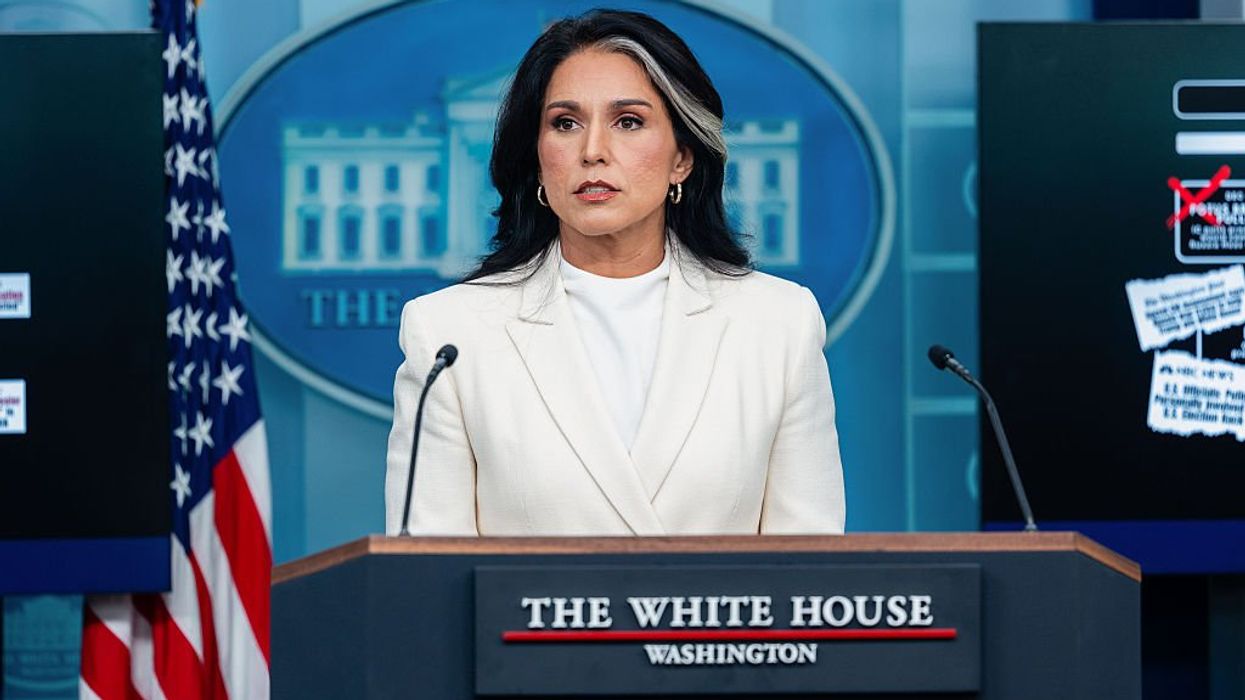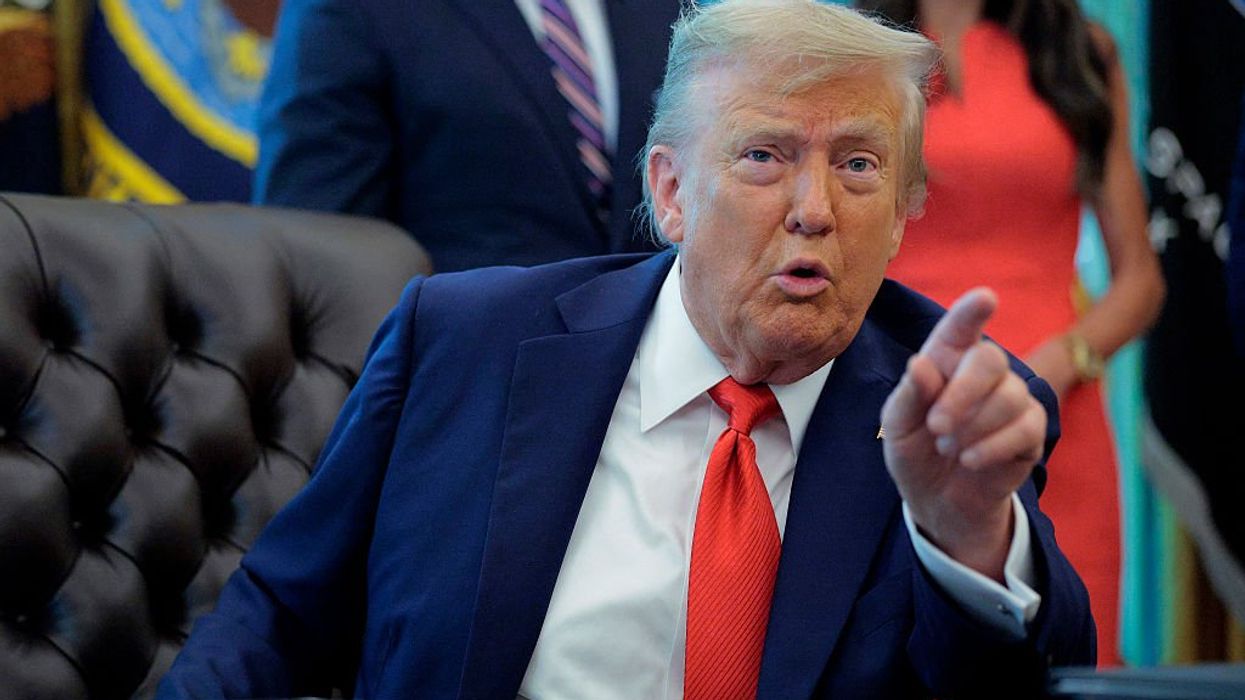It's natural for a parent to want to protect their kids, but has it gotten to a point that we aren't letting them learn life lessons? A Maryland school has banned invitations to birthday parties, claiming that in the wake of the Sandy Hook shootings they don't want to do anything that would cause kids to get upset. Isn't that crossing a line?
"You notice, you see up in Maryland there's this school now that says you can't have birthday cards, you can't have birthday invitations, you can't pass any of that out at school, you can't have the cupcakes, you can't have anything. And all of it is set up because people will get hurt. You're going to hurt my kids because they weren't invited to the birthday party and so they will be hurt," Glenn said.
"Let me tell you something. My daughter I believe changed. I can tell you the day my daughter Mary changed, and I think she was in first grade. And I'll never forget. She came home and she had a friend who, you know, I think we all you ‑‑ you know, as parents all of our kids at some point have a kid that, no, they're not your friend. They are really not your friend. They are just, you know, they're ‑‑ they'll play with you when nobody else is around, you know, and they are just, they are just not ‑‑ they are just not your friend. Well, Mary had this friend and I remember, you know, Mary coming home one day and everybody in the class was invited to a birthday party except for her. She was the only one in the class. And this was her friend. And my daughter changed because she came home and she had convinced herself that it was okay. And then she had ‑‑ when she told her mother and I, she said it this way: 'You know, it's her birthday on Saturday and I've got to get her something and is she having a birthday party?' Yeah, everybody got a birthday party. Did you get an invitation? No, but that's okay. That's okay. That's okay. Just, I want to get her something and it's okay. It's okay. And she kept saying that, 'It's okay. It's okay.'It broke my heart."
"Now, here comes the hard decision. What do I do? Do I call the school and tell them stop all of the invitations? Do I tell them ‑‑ do I call their parents? Do I involve? Do I ‑‑ as a dad, and I contend this is the easy thing, and I contend we do these things not for our children but for ourselves. We could get involved and we could say, 'You know, I want that changed. That shouldn't happen anymore because that was too much pain.' Too much pain? I think my daughter changed on that day, and I know my heart broke, my heart still breaks, still breaks. I've spent my whole life now with Mary trying to get her to say, 'It's not okay. It's not okay. I hurt. It's not okay.' But she's just put up this wall of defense. And I'm happy to say she is, she is growing past it now. She's a ‑‑ she's a miracle. She is ‑‑ she's a miracle."
"But anyway, what parents do is they get involved and they try to save it, and I contend they do it because it would have been so easy for me to be a hero in my daughter's eyes if I would have said, 'You know what, honey? I'm going to call them.' And she would have said, no, Dad, don't do that. 'No, I'm going to call them and this is going to stop.' And then I could have paraded around my house and I could have been indignant about it and I could have shown her that 'I'm going to do something about it because now I'm her protector.' And if I had enough and early enough, she will believe that I'm her protector when indeed I'm not protecting her; I'm hurting her. And beyond that, beyond that, it's selfish because if I can do that, I can be her hero and be, I don't have to go into my room and cry and try to be strong around my daughter and then come back out of the room and say, 'Honey, you're going to get hurt a lot. That's the way life is. And I wish I could help you, but I can't. And the world sometimes is an unfriendly place, and sometimes, sometimes people hurt you and they don't even know. Sometimes people will hurt and they do know. And I know you feel bad because of this and you feel singled out and you now feel different, and I know you're not going to listen to me at this point. It's not going to make sense, but know this: Everybody who's ever done anything worthwhile has been different, and you can either let it destroy you or you can say, 'You know, it's not okay. I have my feelings hurt, but I can move past that because this will make me a stronger person in the end.' That's a hard conversation to have and a conversation that your kids probably won't understand for a long time, and you're not their hero. 'Dad, help me.' 'I can't. I can't. There's some things you're just going to have to face and I can't help ya."
"All of these things, all of these things come from, do you want to protect her in a small ‑‑ a big government that will protect you, do you want a big helicopter parent that will protect you all the way? I don't care what your politics are, liberal or conservative. It only matters when you start telling me we have to protect."
"I want to play this gun testimony from a citizen in Connecticut in a few minutes. The point of what he said was you were promised liberty, not safety. Liberty. You were not promised anything, except you could be born, and you have certain rights. Everything else is up to you. Teaching that in this society is tough and that's what has to be teached because ‑‑ taught because that is what makes us unique and different. Everybody over in Europe, you can't change your station in life, you can't get around the machine, you can't dream and become."
"Here, you always have been. You've always been able to do it. And now more than ever before for all races, all groups of people, all different philosophies, that's what needs to be taught, reinforced, and strengthened and that doesn't ‑‑ you can't strengthen that through the State. You strengthen that in your own families, with your own children."

 Kean Collection / Staff | Getty Images
Kean Collection / Staff | Getty Images
 Bloomberg / Contributor | Getty Images
Bloomberg / Contributor | Getty Images Chip Somodevilla / Staff | Getty Images
Chip Somodevilla / Staff | Getty Images